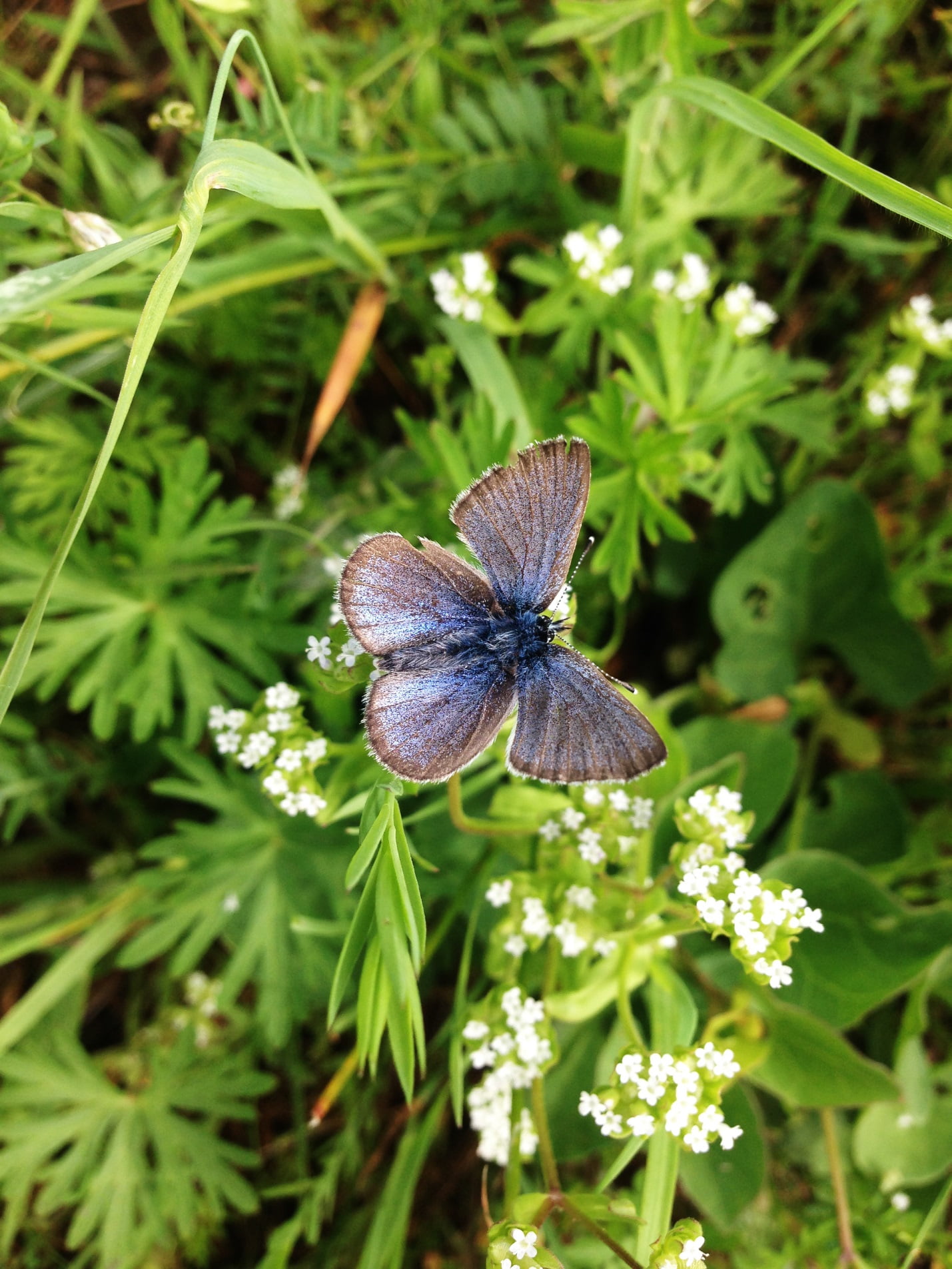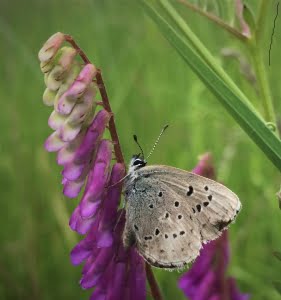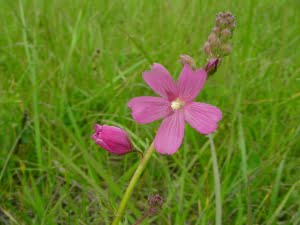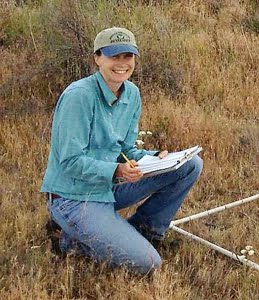
Flight of the Fender’s Blue


IAE is grateful for funding provided by the U.S. Fish and Wildlife Service, and assistance from the Oregon Parks and Recreation Department. Monitoring all 90+ Fender’s blue sites during the 4-6 week flight season would not be possible without our dedicated team of surveyors, including Lee Bennion, Greg Fitzpatrick, Paul Hammond, Gary Pearson, Dana Ross, and Duncan Thomas. IAE staff implementing surveys this year included Monika Lapinski and the author. We are also grateful to all public (US Fish and Wildlife Service, Bureau of Land Management, Army Corps of Engineers), conservation (Greenbelt Land Trust, The Nature Conservancy) and private landowners who support the Fender’s blue butterfly survey process. Our continued appreciation also goes to Tyler Hicks for his collaboration on data analysis.



Restoration
Research
Education
Contact
Main Office:
4950 SW Hout Street
Corvallis, OR 97333-9598
541-753-3099
info@appliedeco.org
Southwest Office:
1202 Parkway Dr. Suite B
Santa Fe, NM 87507
(505) 490-4910
swprogram@appliedeco.org
© 2025 Institute for Applied Ecology | Privacy Policy
